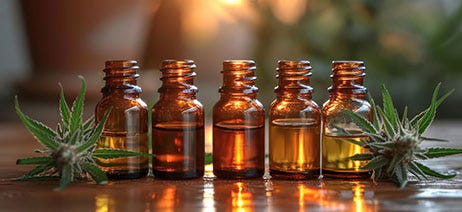
What is THC Syrup & How Can You Make It At Home? [DIY Recipe]
Looking for new, delicious ways to enjoy cannabis? Elevate drinks and smoothies, give your oatmeal an extra boost, or drizzle some deliciousness over your favorite dessert with THC syrup. Edible THC syrup ticks all of the boxes: it can be potent, versatile, discrete, and a convenient way to experience cannabis.
In this guide, you’ll learn all about THC syrup, including:
- What is THC Syrup?
- Is THC Syrup the Same as Lean Syrup?
- What Can You Do With THC Syrup?
- How to Make THC Syrup
- FAQs About THC Syrup
What is THC Syrup?
THC syrup is a cannabis-infused liquid with a thick, syrup-like consistency. It is typically made using cannabis flower or concentrate, vegetable glycerin, sugar, and sometimes flavoring or other additional ingredients to enhance its taste and texture. The result is a smooth, sugary syrup that can be easily added to various drinks and foods or consumed on its own.1
It’s often available for purchase at dispensaries, but you can also make THC syrup fairly easily at home.
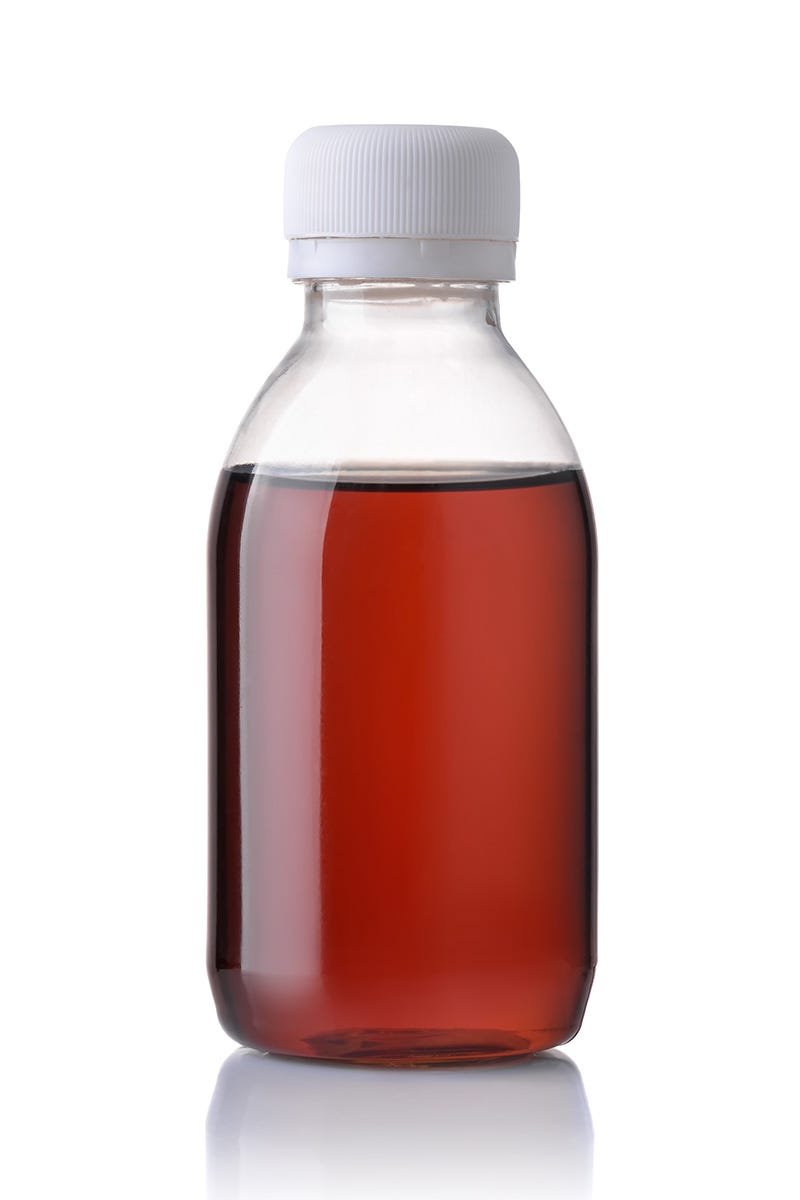
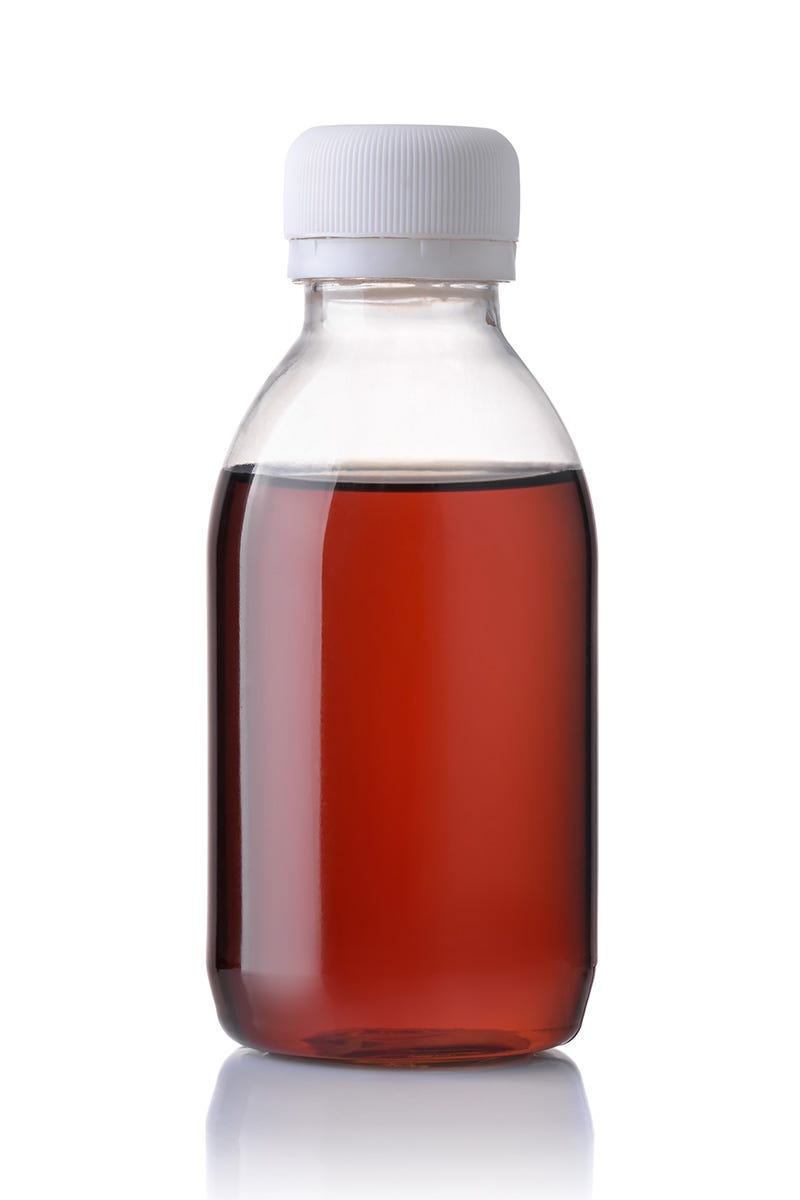
Is THC Syrup the Same as Lean Syrup?
THC syrup is definitely not the same as lean syrup. Lean syrup—also called purple drank or sizzurp—is a liquid concoction made of prescription-strength cough syrup and sweetener.2 Lean can be addictive and dangerous. While THC syrup may be strong, it doesn’t pose the same dangers as lean syrup.
DIY THC Syrup Recipe [5 Steps]
It’s easy to DIY cannabis syrup at home with a few ingredients and tools.
Here’s what you’ll need:1
- 4 ounces of cannabis flower
- 3 cups of water
- 3 cups of granulated sugar
- 3 tbsp of vegetable glycerin
- Dash of mint, caramel, or vanilla extract (optional)
And the tools:
- Baking sheet
- Parchment paper
- Sauce pan
- Fine mesh strainer
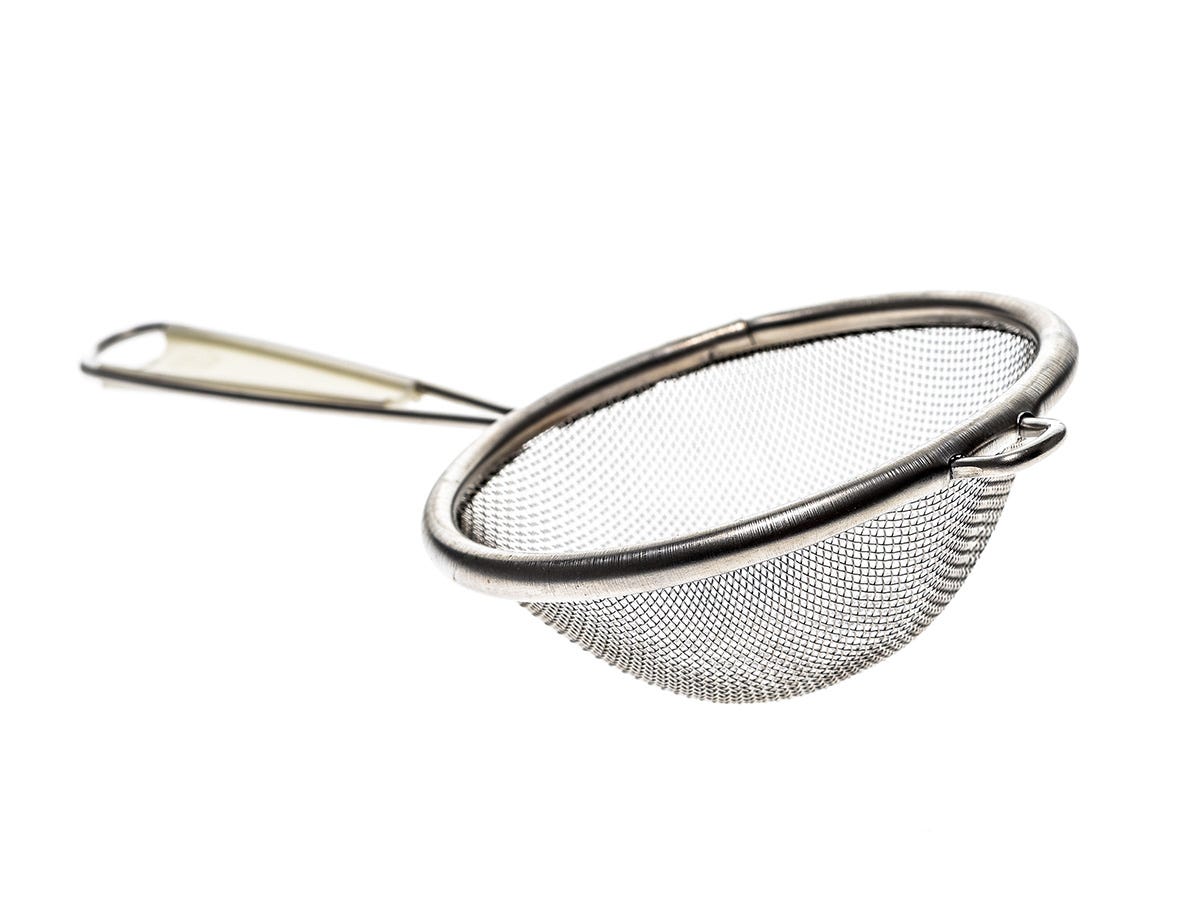
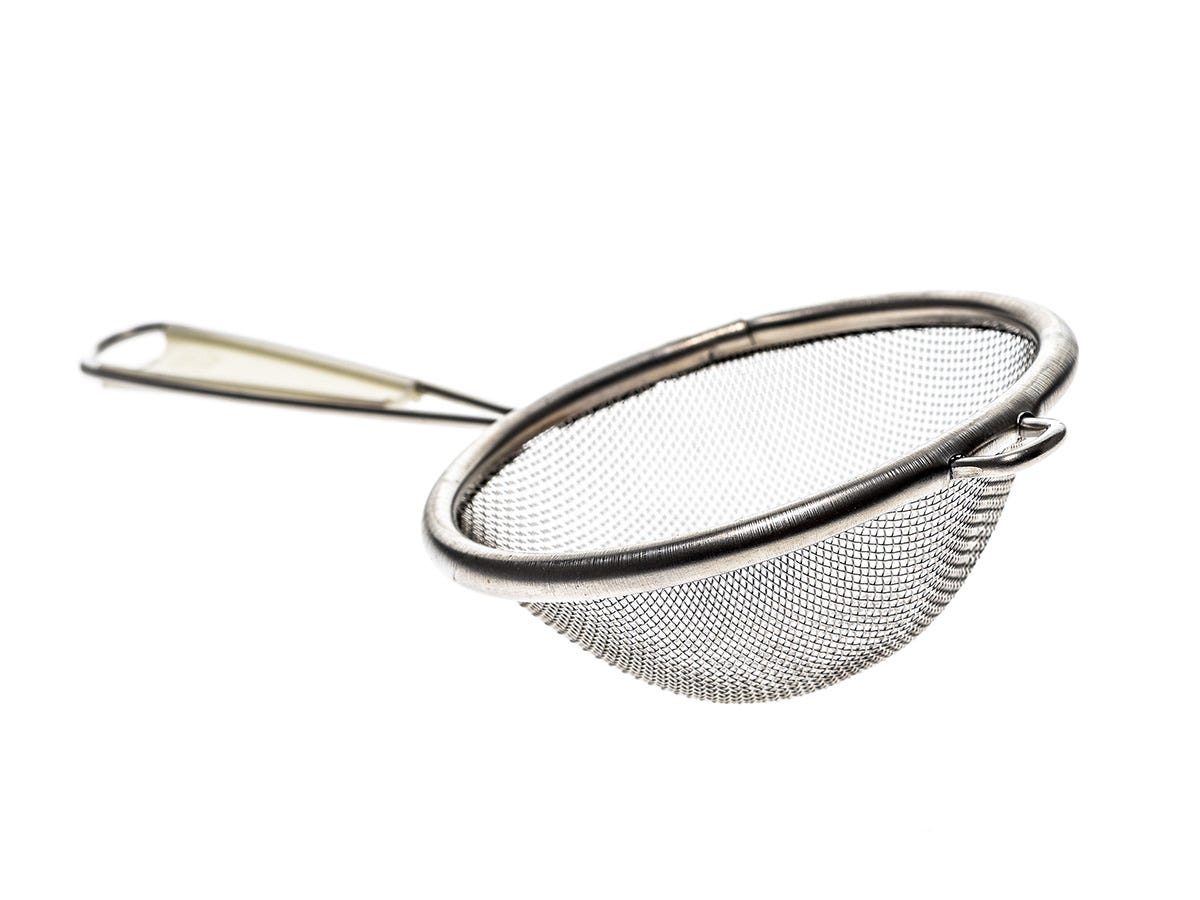
Getting Started
The first step in making your own edibles is almost always decarboxylation, which ensures the THC in your flower is activated by slowly heating it up at a low temperature. Start by preheating the oven to 220-245°F (105-120°C). Then, line a baking sheet with parchment paper and crumble your cannabis flower on the sheet (you can use your hands to break it up or a grinder). Bake for 30-40 minutes.
Step 1: Combine Sugar and Water
In a saucepan, mix 3 cups of water and 3 cups of sugar and bring to a boil. Once the sugar is completely dissolved, reduce to medium heat.
Step 2: Add Cannabis, Simmer
Add the decarboxylated cannabis to the mixture in the saucepan, then cover with a lid and simmer for about 30 minutes, stirring occasionally. Make sure the mixture doesn’t boil, or the THC may lose some of its potency.
Step 3: Add Vegetable Glycerin
Add 3 tablespoons of vegetable glycerin and simmer the mixture on low heat for another five minutes, without the lid on. Remember to stir regularly. If you’re using any flavoring, add it at the same time as the vegetable glycerin. Once the mixture has thickened, remove the saucepan from heat.
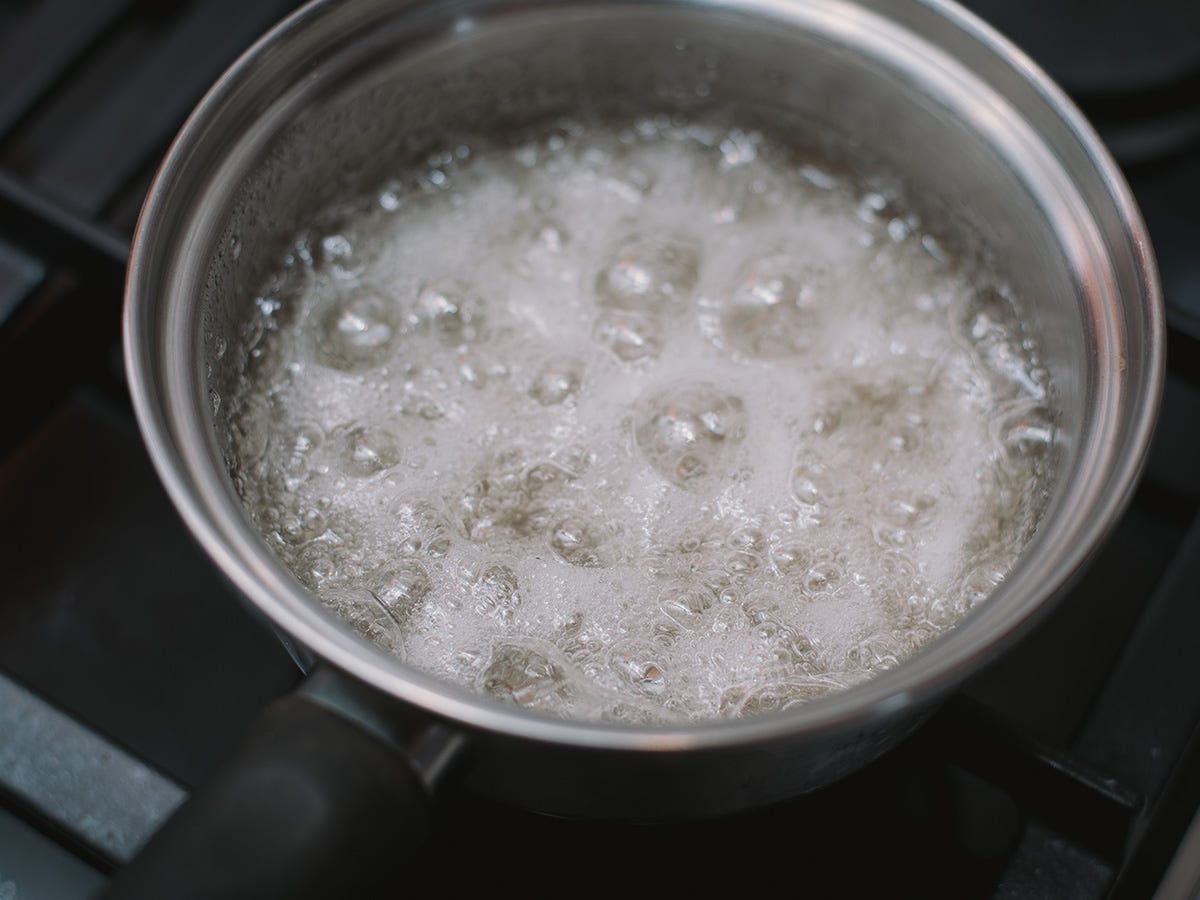
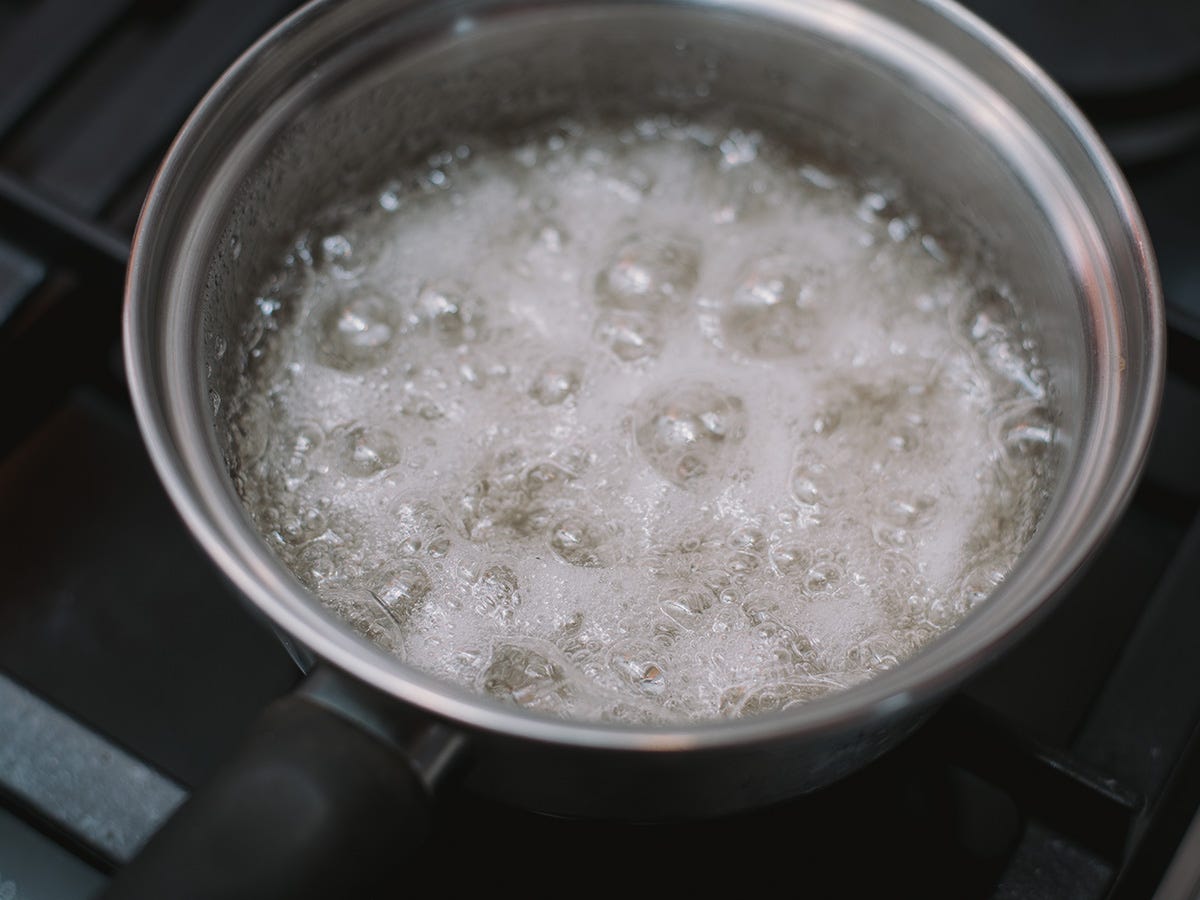
Step 4: Strain
As the mixture cools, place a fine mesh strainer or cheesecloth over your chosen storage container. Carefully pour the liquid through the strainer and into your container. Discard the leftover plant matter.
Step 5: Store
Place your container with your THC syrup somewhere cool, dark, and dry. A refrigerator is best, where your THC syrup can keep for up to three months.
Dosing Guidelines
Cannabis syrup purchased at a dispensary typically contains around 1000mg of THC per bottle, though this can vary depending on the brand. The syrup is usually packaged in a bottle with a dropper, which allows for precise dosing.5 This makes it easier to control your intake, especially since cannabis syrup can be highly concentrated.
Given its potency, THC syrup is not always the best option for first-time cannabis users or those who are new to edibles. Even a small amount can have strong effects, which is why it’s essential to start with just a few drops, and wait to see the onset time and how your body responds before consuming more. "Start low and go slow" is a good rule of thumb when trying any cannabis product, especially one as concentrated as THC syrup.
Using Your Cannabis Simple Syrup
Cannabis syrup is incredibly versatile and offers a variety of ways to enjoy its effects. Here are some popular methods for incorporating THC syrup into your cannabis consumption routine:
- Sublingually: THC syrup can be taken just like a tincture. Use a calibrated dropper and dispense your desired amount of THC syrup under your tongue and hold it there for a minute or two before swallowing. This method is called sublingual consumption, and it allows for the THC to absorb into your bloodstream quicker.
- Microdosed: For those who prefer a more controlled and subtle experience, THC syrup is a great option for microdosing. You can start with a very small amount (often just a few drops) and gradually increase the dose over time as you become familiar with how your body responds. This allows you to enjoy the benefits of cannabis without feeling overly intoxicated.
- Added to Beverages: THC syrup is super drinkable and ideal for sweet-tooths. Savor it solo or mixed into a beverage, such as tea, coffee, seltzers, smoothies, juices, or sodas. Please note that THC syrup should not be added to alcoholic beverages, as it’s not safe to combine cannabis and alcohol.3
- Infused in Dishes: Since THC syrup is already activated (thanks to the decarboxylation step in our recipe), you can add it to all kinds of ready-to-eat foods. Drizzle some syrup over waffles, pancakes, ice cream, smoothie bowls, or French toast, or add it into your favorite marinades or salad dressings.
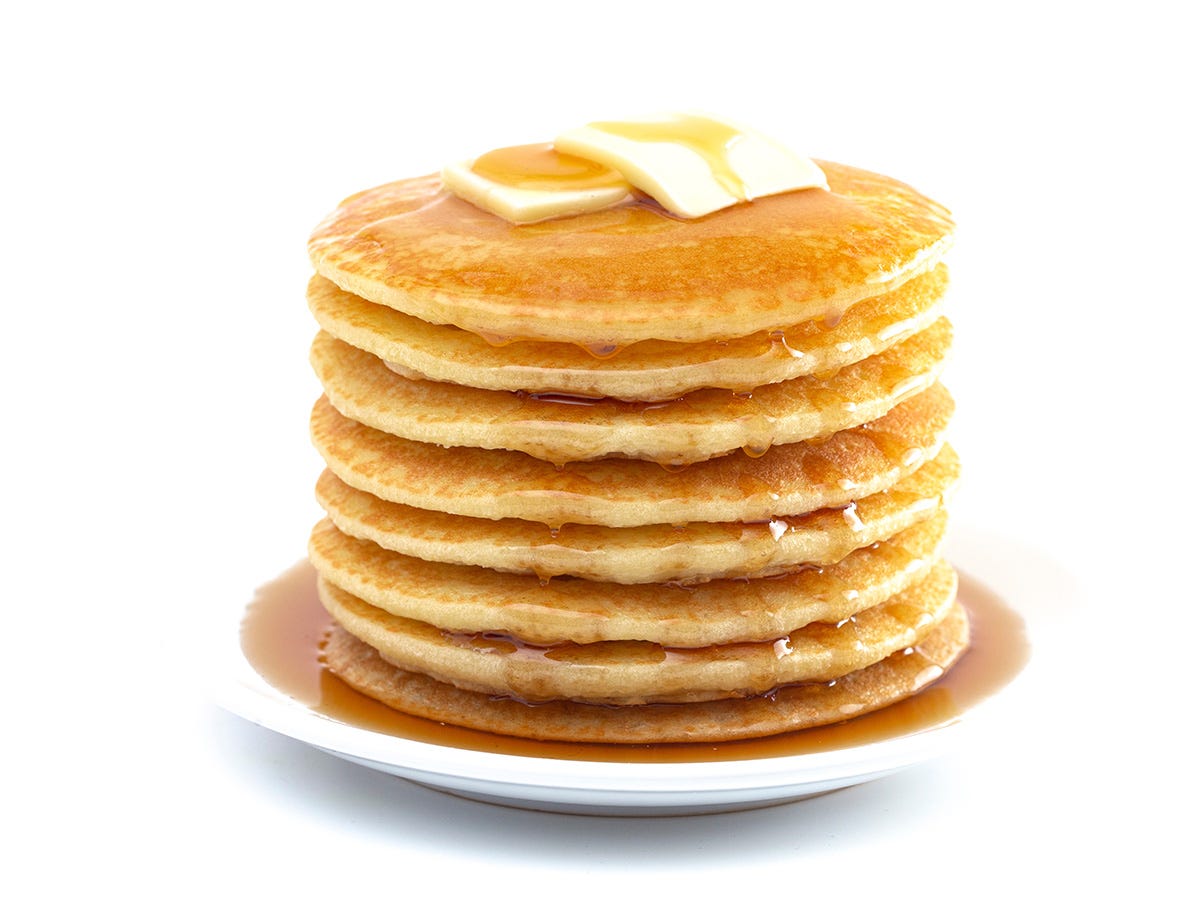
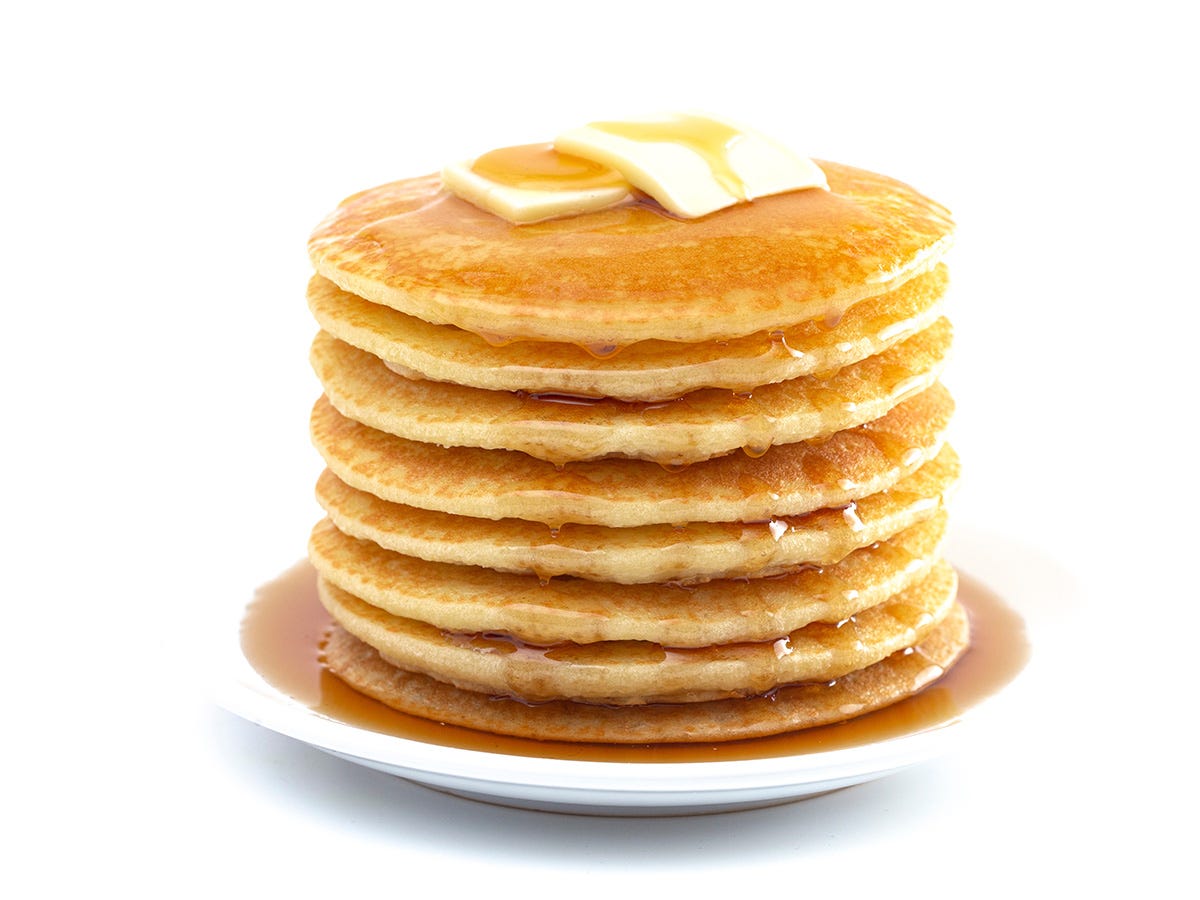


FAQs About THC-Infused Syrups
Want to know more about this DIY edible (or drinkable)? Here are answers to the most commonly asked questions:
Does THC simple syrup need to be refrigerated?
While it’s not required, refrigerating your THC syrup can help it stay potent and flavorful for longer.4
Can I use cannabis concentrates instead of flower?
Yes, you can use a cannabis concentrate instead of flower to make your THC syrup. The process is almost the same, but you'll skip the decarboxylation step. Keep in mind that your finished THC syrup may be significantly more potent if you started with a concentrate instead of flower.5
What's the best way to store THC simple syrup?
The best way to store THC simple syrup is by keeping it away from air, heat, and light. Store it in a sealed container somewhere dry and cool (ideally the refrigerator), and it’ll stay fresh for about three months.4
What does THC syrup taste like?
The taste of your THC syrup may depend on the strain of flower you used. THC syrup is as sweet as the sugar in the syrup, which often masks any herbal flavors from the cannabis. It’s a great addition to drinks and DIY edibles.
What's the best type of cannabis to use for simple syrup?
If you’ll be using flower to make THC syrup, you may want to select a strain that has a mild flavor and smell. This way it won't overpower the delicate sweetness of your syrup, and you’ll be able to incorporate THC syrup into your favorite drinks and desserts seamlessly.
What’s the difference between THC oil and THC syrup?
THC oil is a cannabis concentrate, typically made from marijuana flower via a solvent-based extraction process. This oil is put in vape pens or vape carts, or it can be used sublingually, too. THC syrup is less of a concentrate and more of an edible; it is made by decarboxylating cannabis flower and then cooking it with a mixture of water, sugar, and vegetable glycerine. You shouldn’t smoke or vape THC syrup, but you can use it sublingually or add it to drinks or food.5
How long does it take THC syrup to work?
How long THC syrup takes to work depends on the method of consumption. If taken sublingually, you may start to feel the effects of THC syrup within 10-15 minutes. When the syrup is added to drinks or foods, effects may take 30 minutes or longer to set in.6


Find Cannabis Syrup Near You
While it’s easy to make THC syrup at home, it takes time to prepare the syrup. Don’t miss out on this tasty treat just because you’re busy—visit your local dispensary and talk to your budtender about the best cannabis syrup for you.
Sources:
1. “What Is THC Syrup, Exactly?” Leafwell, December 12, 2024, https://leafwell.com/blog/thc-syrup
2. “Lean Addiction And Abuse,” Addiction Center, https://www.addictioncenter.com/opiates/codeine/lean-addiction-abuse/
3. “Does the Combination Matter? Examining the Influence of Alcohol and Cannabis Product Combinations on Simultaneous Use and Consequences in Daily Life,” National Library of Medicine, November 26, 2020, https://www.ncbi.nlm.nih.gov/pmc/articles/PMC8142286/
4. “How to Make THC Syrup and Easily Elevate Drinks and Desserts,” Veriheal, January 5, 2024, https://www.veriheal.com/blog/thc-syrup/
5. “A Full Guide to THC Syrup,” NuggMD, July 2, 2024, https://www.nuggmd.com/blog/a-full-guide-to-thc-syrup
6. “Become Fluent in Cannabis Sublinguals,” thrillist.com, January 10, 2020, https://www.thrillist.com/eat/nation/sublingual-cannabis-thc-strips-tablets


